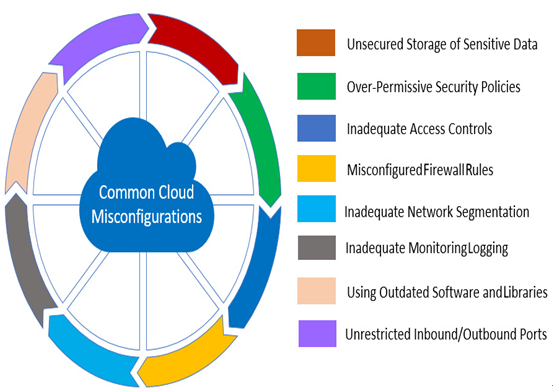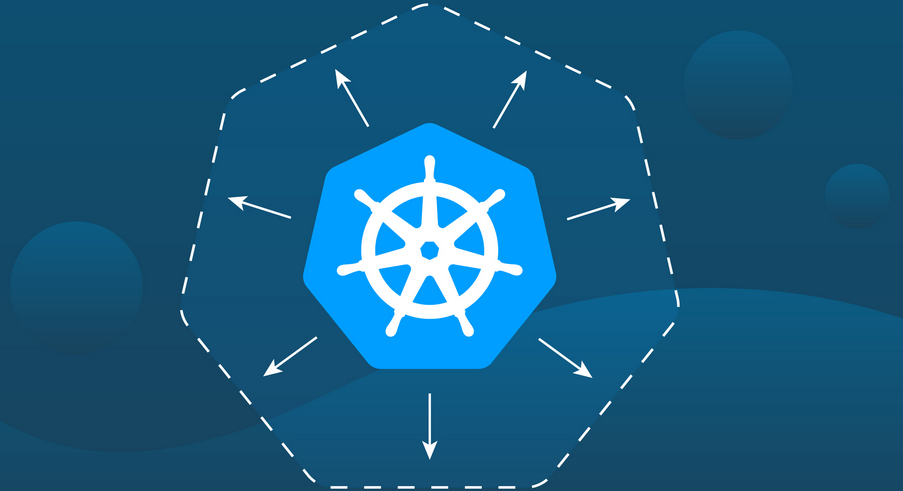CSPM tools work by continuously monitoring the security posture of an organization’s cloud environment. They use various techniques such as vulnerability scanning, asset discovery, and configuration analysis to identify and assess the security risks in the cloud infrastructure. The tools analyze the cloud environment and identify potential security threats, misconfigurations, and vulnerabilities. They then provide actionable insights and recommendations to help organizations resolve security issues and improve their overall security posture. Additionally, the tools can also automate security remediation processes and provide real-time monitoring and reporting capabilities. By continuously monitoring and assessing the cloud environment, CSPM tools help organizations maintain a secure cloud infrastructure and meet security compliance requirements.
Now that you understand how CSPM tools work, let us now try to understand the common cloud misconfigurations and the reasons for their occurrence.
Common cloud misconfigurations and their causes
Several common cloud misconfigurations can lead to security and data privacy issues. Some of these are shown here:

Figure 2.4 – Common cloud misconfigurations
Let’s look at them in detail:
- Unsecured storage of sensitive data: This includes storing sensitive data such as credentials and confidential information in an unencrypted format, which can leave it vulnerable to theft.
- Over-permissive security policies: Allowing overly permissive security policies, such as granting full access to all users or resources, can increase the risk of data breaches and other security incidents.
- Inadequate access controls: Improperly configured access controls can allow unauthorized access to sensitive data and systems, potentially leading to data breaches and other security incidents.
- Misconfigured firewall rules: Misconfigured firewall rules can leave systems and networks exposed to threats, making it easier for attackers to gain access.
- Inadequate network segmentation: A lack of proper network segmentation can allow attackers to move laterally within a network and gain access to sensitive systems and data.
- Inadequate monitoring and logging: A lack of proper monitoring and logging can make it difficult to detect and respond to security incidents in a timely manner.
- Using outdated software and libraries: Using outdated software and libraries can leave systems and applications vulnerable to known security exploits and attacks.
- Unrestricted inbound/outbound ports: Having unrestricted inbound and outbound ports can pose a significant security risk for a network. It is essential to restrict inbound and outbound ports to minimize the risk of security incidents and maintain the integrity of a network. This can be done through proper firewall configuration and the implementation of security best practices:
- Inbound ports: When inbound ports are unrestricted, it makes it easier for malicious actors to exploit vulnerabilities in network-connected devices, such as servers, laptops, and other internet-connected devices. This can lead to unauthorized access, data theft, and other security incidents.
- Outbound ports: Unrestricted outbound ports allow malware to communicate with command-and-control servers or exfiltrate sensitive data. Malicious software can use these ports to transmit data and receive commands, making it more difficult for network administrators to detect and prevent security incidents.
It is important to take a proactive approach to cloud security and to regularly assess and update your configurations to avoid these and other common cloud misconfigurations. Now that you know the common misconfigurations in clouds, let us try to explore the reason behind these misconfigurations.
